Already suffering a downturn as an industry in recent years, the Covid-19 crisis has resulted in a particularly woeful year for wool in 2020. How have producers been faring and what can we do to support them as best as possible?
This year, the pandemic has resulted in British Wool almost halving the price paid for the 2019 clip to 32p/kg*, with no advance payments being made against the 2020 clip.This means the price will not go near covering the cost of shearing in most cases.
* This is an average price for all wool grades in the UK, with some mountain wools achieving 15p/kg and some finer white wools more than 70p/kg, according to British Wool.
The picture is bleak for farmers reliant on selling their wool through British Wool (formerly the British Wool Marketing Board) this year. When the global cross-bred wool market closed in February, 9 million kilograms of wool remained unsold from their 2019/20 clip of 27 million kilograms. With an increasingly complex supply chain, much of this wool might ordinarily have been bound for China for processing.
It’s not fully clear how the reduced value of the remainder of the 2019/20 clip will affect the overall value of a farmers wool delivered last year but it would be easy to assume total fleece values might be down by 50%. Cash flows will be affected, and many farmers will be faced with a bill from their shearing contractors but with no income to offset that. Although there are plenty of sheep farmers who do get real value from their wool most will at least expect it to cover shearing and wool handling costs. A fall of 50% of total value would, for most, mean total income not clearing costs.
As a result of such a dire situation, some farmers have resorted to burying fleeces along with manure as a compost for their fields, rather than sell at such a low rate. This was the case for Shropshire farmer David Jones, whose fleeces from his 2,000 strong flock would have only fetched a few hundred pounds, at the cost of a few pence each. Meanwhile, Sussex-based shepherds at Fletcher’s Flock shared their sadness at taking similar action in a Facebook post, with their fleeces apparently worth less than the diesel needed to transport it to the nearest British Wool depot.
With wool offering a wide variety of uses from high-end textiles through to natural insulation, what, then, to do in the face of such challenges?
A petition calling for the use of British Wool products to be made mandatory for insulating in the new home insulation scheme and for insulation and carpeting in any publicly financed building projects saw a commitment from the Welsh government’s Facilities Management team to “consider the more widespread use of wool in our estate in future, subject to the required compliance testing and certification.”
Whilst welcome news, it is hardly the strong show of support many had been hoping for. The idea that the surplus of wool offers might be absorbed by the natural insulation sector is also not as simple as it might seem:
A lot of the surplus of wool is higher grade than typical coarse dark insulation wool. The higher grade wool is usually destined for higher value items such as carpets, fabrics, and knitwear. Using higher-grade wool in insulation is like using walnut or rosewood to build your garden fence according to many. Others believe the wool is sitting doing nothing so what better use than insulation.
The higher grade wools can be used in wool insulation but because they cost more, the insulation will be significantly more expensive compared to coarse dark wool insulation. What’s more, there are no added benefits using higher grade wool when it comes to insulation. There’s a conundrum. How can you make competitive insulation from higher grade wools and give the farmer a fair price for the wool? In short, you can’t without subsidising the cost of the insulation or the cost of the wool.
Mark Lynn, Thermafleece Managing Director and Vice Chair of the ASBP
For small-scale producers, direct sales to craftspeople may offer some hope. Indeed, if you’re a spinner, weaver, knitter or crocheter in need of materials, your custom will be welcomed more than ever (here’s a good place to start to find local suppliers of raw fleeces). Companies using wool in innovative ways have also stepped in and up, as with Cumbrian firm Chimney Sweep, who, in their annual Operation Wool, bought a record 20 tonnes directly from farmers to use to create their draught excluders for chimneys.
Meanwhile, regional Fibreshed movements offer a beacon of hope for a future in which wool is valued as a renewable resource, supporting the local economy through a sustainable model for British sheep farming. Stalwarts of the wool world’s calendar are pressing on, despite not being able to run in-person events: a virtual WoolFest 2020 attracted 4,000 participants over four days via Facebook, whilst the annual Wool Week is set to run online from 5-18 October 2020.
So whether it’s by purchasing fleeces from your local smallholder to process at home as part of your next craft project, prioritising British wool products in a home renovation or self-build project or attending an online craft fair, there is plenty we can do to keep British wool afloat. With the landscape set to remain difficult for some time, it has never been more important to show our support.
If you’re a small-scale wool producer and would like to share your experiences, we’d love to hear from you in a comment below.
Main image by Nick Fewings on Unsplash.
 About the author
About the author
Sophie Paterson is a co-director at Lowimpact.org and NonCorporate.org, where she looks after promotion, social media, the blogs and more. A graduate of the School of Natural Building, she lives in Totnes, Devon, having previously spent a year living and volunteering on a nearby smallholding.

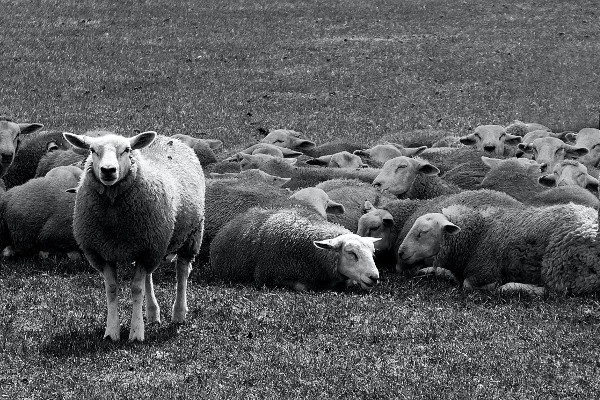
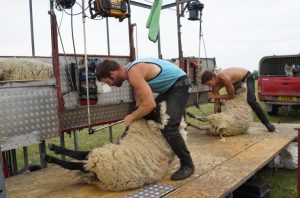
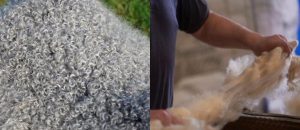
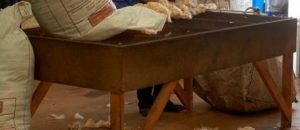
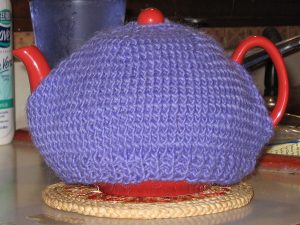
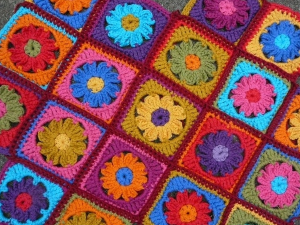
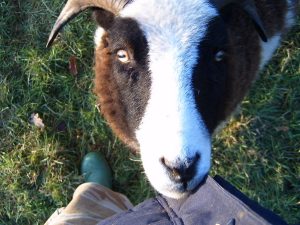

1 Comment
Thanks for an interesting article Sophie. Many people would be amazed that any business would sell their product at less than cost price? It also seems strange that the farmers union (NFU) are not fighting this, maybe they are in league with British Wool? With trade negotiations on the table surely this has to be pushed up the agenda by the NFU and DEFRA.
Maybe also this is telling us that we should start to reduce our large farms, 2,000 sheep is not small scale farming and low impact living would suggest that smaller units is the way to go? This, as you say would increase the chances of selling to craft people but fundamentally we have to stop these large corporations such as British Wool and the insulation manufacturers from dictating to farmers and thereby driving them all to extinction, where would British Wool be then? Last year we paid £30 for 2 lovely fleeces for felting and were happy to do so, a proper price for a proper product.
It really is time for a fundamental change.